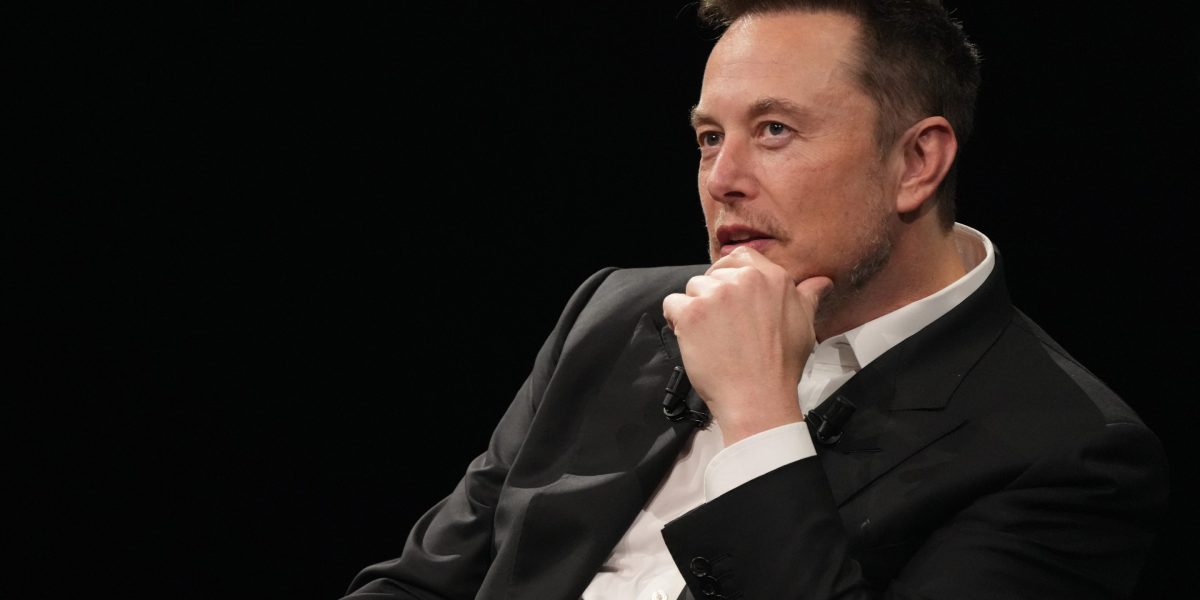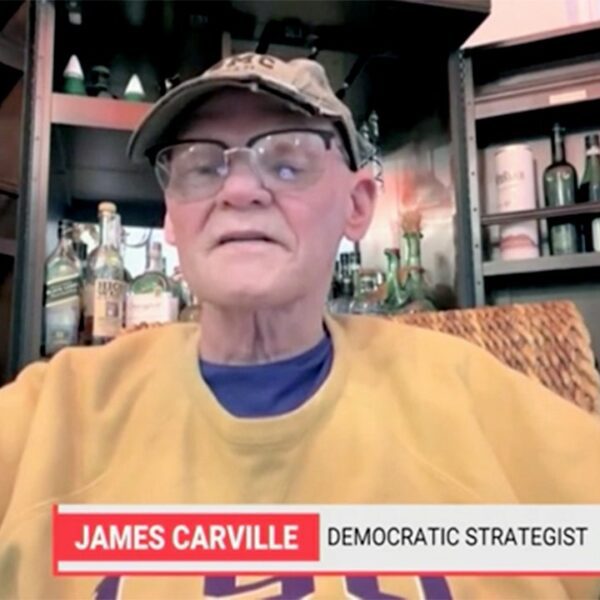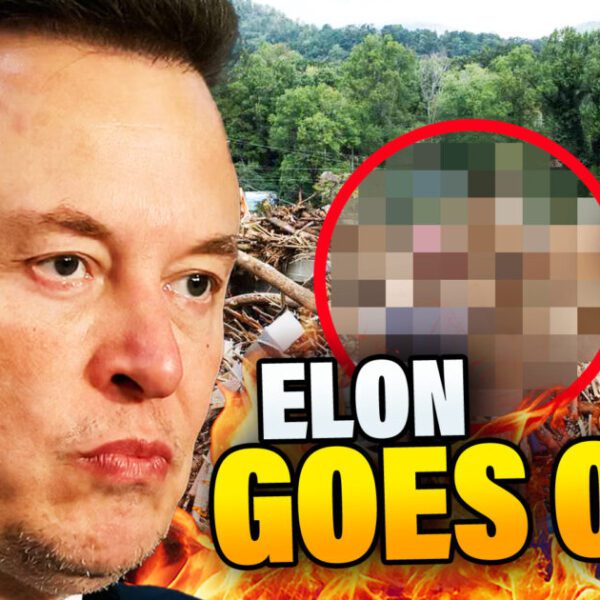

Elon Musk predicted a future where a human with a chip-enhanced brain can defeat a professional video-game player is not far off.
In an episode of Lex Fridman’s podcast that was posted on Friday, Musk pointed to his Neuralink start-up, which implanted a chip into someone’s brain earlier this year.
“We feel pretty confident that in the next year or two, someone with a Neuralink implant would be able to outperform a pro gamer because the reaction time would be faster,” he said.
In March, Neuralink said the first human to have a chip implanted in his brain is a quadriplegic, who gained the ability to play video games using his mind.
Looking even further into the future, Musk said Friday that the long-term goal of Neuralink is to improve AI-human symbiosis by increasing a person’s capacity to communicate at high volume.
Without such an enhancement, AI will get “bored” waiting for people to communicate at a few bits per second while AI can do it at terabits per second, he explained, adding “It’s like talking to a tree.”
But he stressed that Neuralink’s first order of business is to address damaged neurons in the spinal cord, neck or brain, like the company’s first patients.
“We’re just starting with the basics here, the simple stuff, relatively speaking is solving neuron damage,” Musk said.
But once the risks of having Neuralink brain implants are proven to be low, after thousands of people have been using them for years, then perhaps the company could aim for “augmentation” of people without neurological issues, he added.
In fact, Neuralink already plans to augment people with neuron damage, giving them a “communication data rate” that exceeds what humans typically have.
“While we’re in there, why not? Let’s give people superpowers,” Musk said.
Similarly, Neuralink could improve human vision, eventually building on its Blindsight product for restoring sight. At first, it would provide low-resolution images, but over time the resolution could be higher than what humans have today, with the product even enabling vision in different parts of the spectrum like ultraviolet or infrared, he explained.
In February, Musk claimed progress on Neuralink’s first patient and last month said his start-up had plans to implant a chip in a second patient. On Friday, he told Fridman the second implant has occurred and was “so far so good.”
Representatives for Neuralink didn’t immediately respond to a request for comment.
Roughly the size of a quarter, Neuralink’s N1 brain-computer interface is designed to both record and transmit neural activity with the help of over 1,000 electrodes distributed across dozens of different filaments, each thinner than a human hair.














